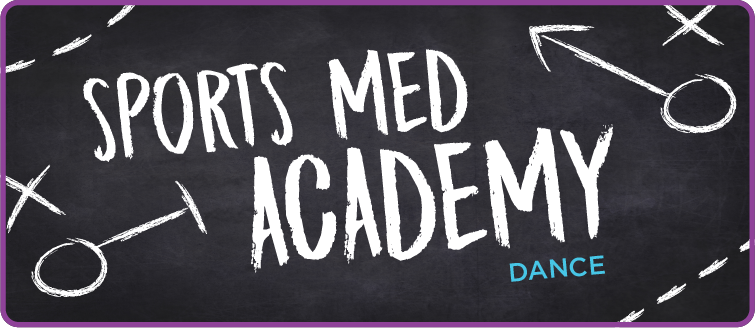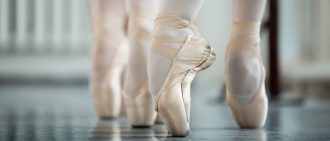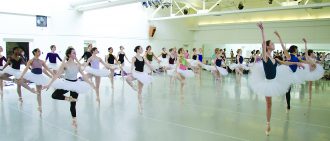Learn more about sports medicine with monthly topics for athletes, parents, and coaches.
This month, we examine the unique challenges of dancers—from injury prevention in the studio, to performance, nutrition, and everything in between.
Find out more information from the experts at UPMC Sports Medicine. Call 1-855-93-SPORT (77678).
-
Gymnastics and Injury: How to Stay Safe
Millions of youth participate in gymnastics every year in the United States, at a variety of levels of skill and competition. As a sport, gymnastics builds strength, balance, and flexibility, but it also has an injury rate similar to sports such as hockey and soccer.Learn More
-
Nutrition for Dancers: 7 Essential Foods
Ballet dancers are known for their long lines, muscular bodies, and incredible flexibility — factors that allow them to jump, leap, twist, and turn for hours at a time.Learn More
-
The Dancer Athlete: The Field of Dance Medicine and Science
The goal of dance medicine is to keep dancers of all ages and skill sets injury free. Learn more about this emerging area of sports medicine.Learn More



